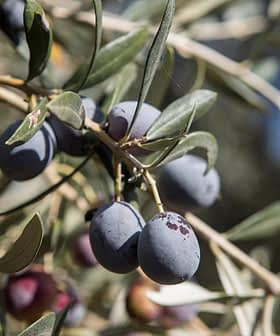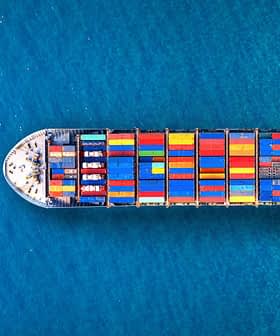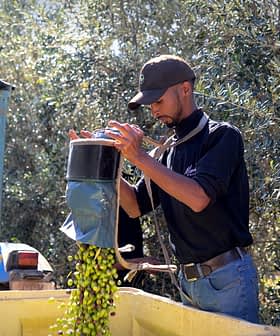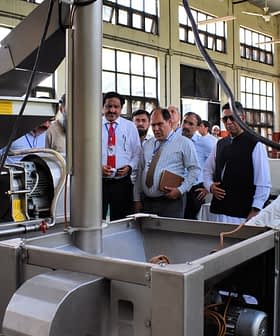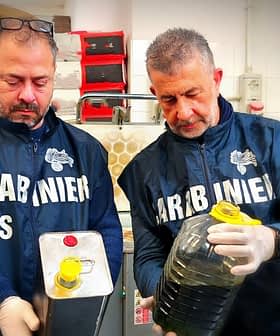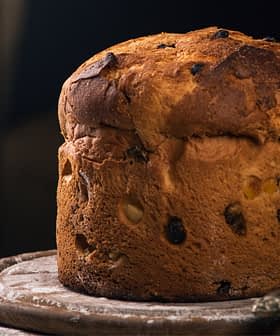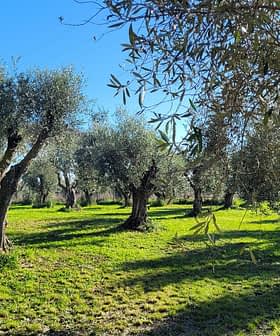Harvest Challenges, Tariffs Don’t Deter Award-Winning Olio Piro
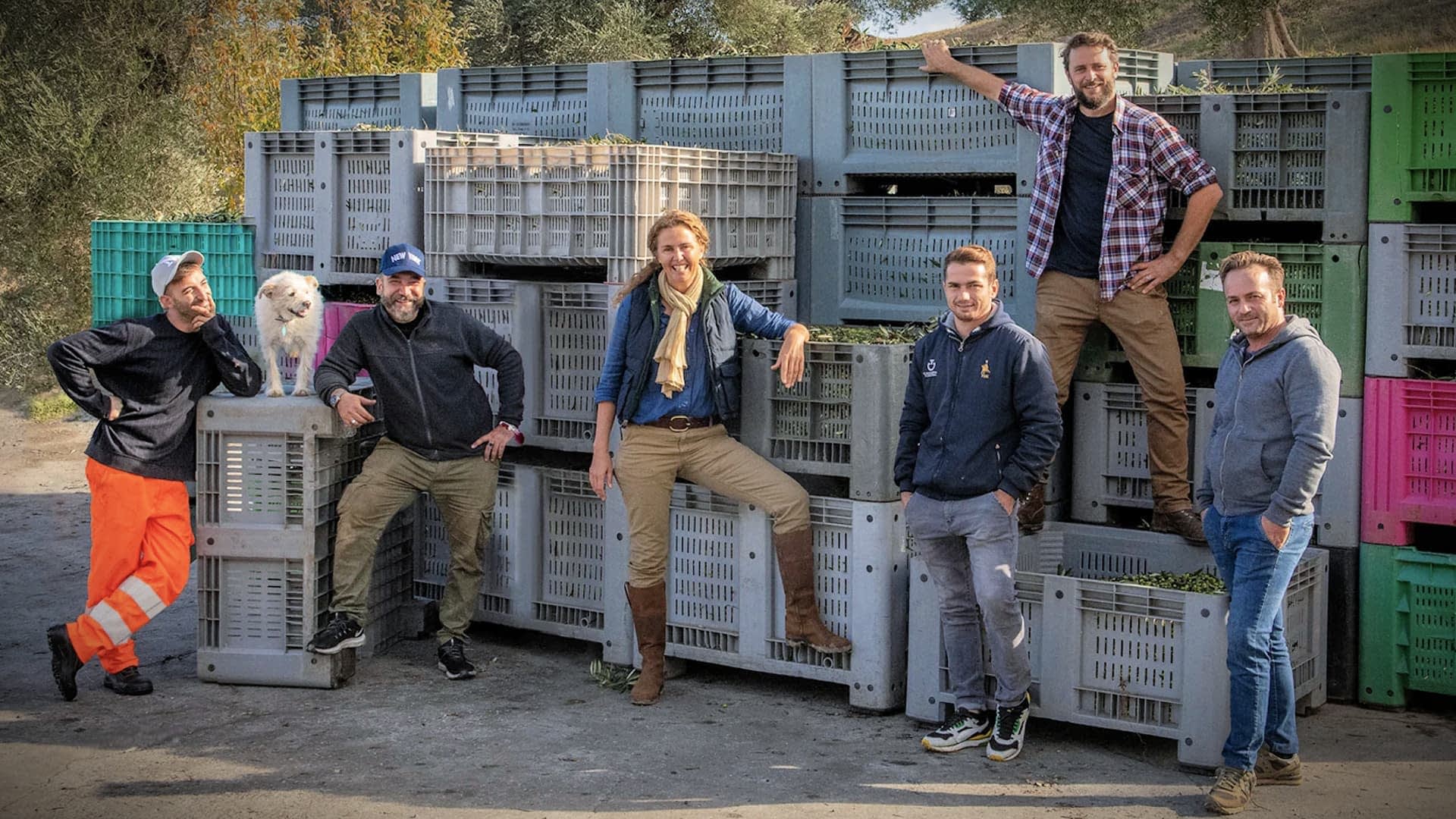
Award-winning Tuscan olive oil producer Olio Piro, led by siblings Romain and Marie-Charlotte Piro, is expanding beyond the United States due to rising tariffs in its largest market. Despite challenges from a late harvest and lower oil yields, the brand’s emphasis on quality, aesthetics, and unique cultivation methods has helped it stand out and win awards.
Facing rising tariffs in its largest market, award-winning Tuscan olive oil producer Olio Piro is expanding beyond the United States.
The brand, led by siblings Romain and Marie-Charlotte Piro, recently earned its sixth consecutive Gold Award at the 2025 NYIOOC World Olive Oil Competition for its early-harvest blend of Leccino, Moraiolo, Frantoio and Olivastra Seggianese olives.
“Winning at the NYIOOC is validation,” Marie-Charlotte said. “It means that we are on the right path, and people get it.”
See Also:Producer Profiles“ The award pays back all the hard work, so it’s a very satisfying feeling,” Romain added.
Founded in 2020, Olio Piro merges Romain’s two-decade passion for high-quality olive oil production with Marie-Charlotte’s background in luxury marketing. The result is an extra virgin olive oil that emphasizes quality and aesthetics, down to its minimalist label.
“ I ended up in Tuscany in 2002, discovered high-quality local olive oil in 2005, and bought my first olive grove in 2008,” Romain said.
He quickly became enamored with the product and immersed himself in the world of high-quality production.
“I was completely addicted to the technology, the techniques, the rules to respect and the elders teaching you what to do, what not to do and how to do it,” Piro said.
Part of what helps Olio Piro stand out is Romain’s careful attention in the mill, including adjusting aspects of milling, malaxing and centrifuging for every batch. “You have to change the setup to get the best out of each variety,” he said.
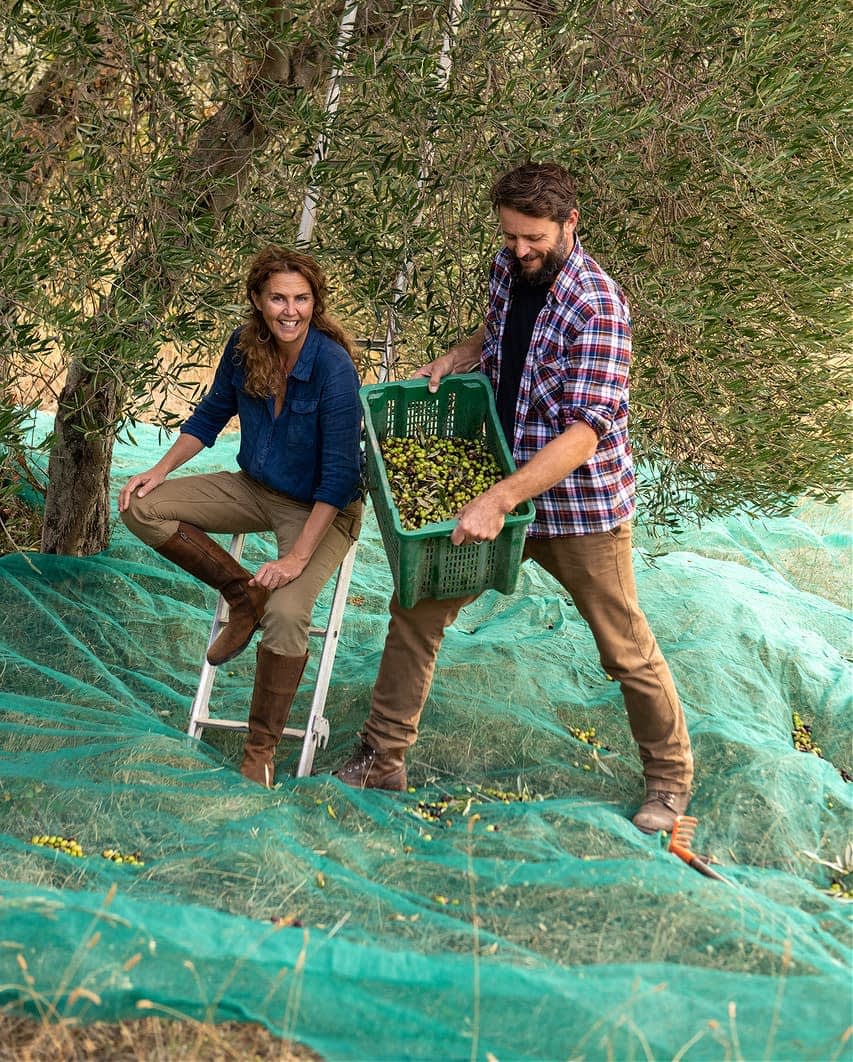
Marie-Charlotte and Romain Piro, both born in France, have taken their signature Tuscan blend from the restaurants in Paris to consumers worldwide. (Photo: Olio Piro)
Over time, Romain started to see very good results from his milling and began selling his small-scale extra virgin olive oil, less than 1,000 bottles, door-to-door at restaurants, including Michelin-starred ones, in Paris.
When Romain started producing olive oil, he was already focused on harvesting green olives in October and November, sacrificing yield for more potent flavors and aromas, a practice that was not widely adopted at the time.
“It was the beginning, when people started to realize that extra virgin olive oil was more like an ingredient to use in the kitchen, in your cooking, and more than just something you leave on the table to put few drops at the end for maybe not such a good experience,” Romain said.
“We were at the crossroads between a simple product and a very elaborate, very high-quality product,” he added, drawing parallels between increasing fine wine production and appreciation.
Heading into 2018, however, Romain wanted to increase his market penetration in the United States. He eventually convinced his sister, Marie-Charlotte, who previously worked in marketing in the U.S., to join.
“ I needed help with all the marketing and distribution,” Romain said. “ I know my skills, and they were not all the required ones. But I knew my sister had those skills, so I was pushing her to join.”
He eventually succeeded with Marie-Charlotte joining in 2020 to develop a new brand, Olio Piro.
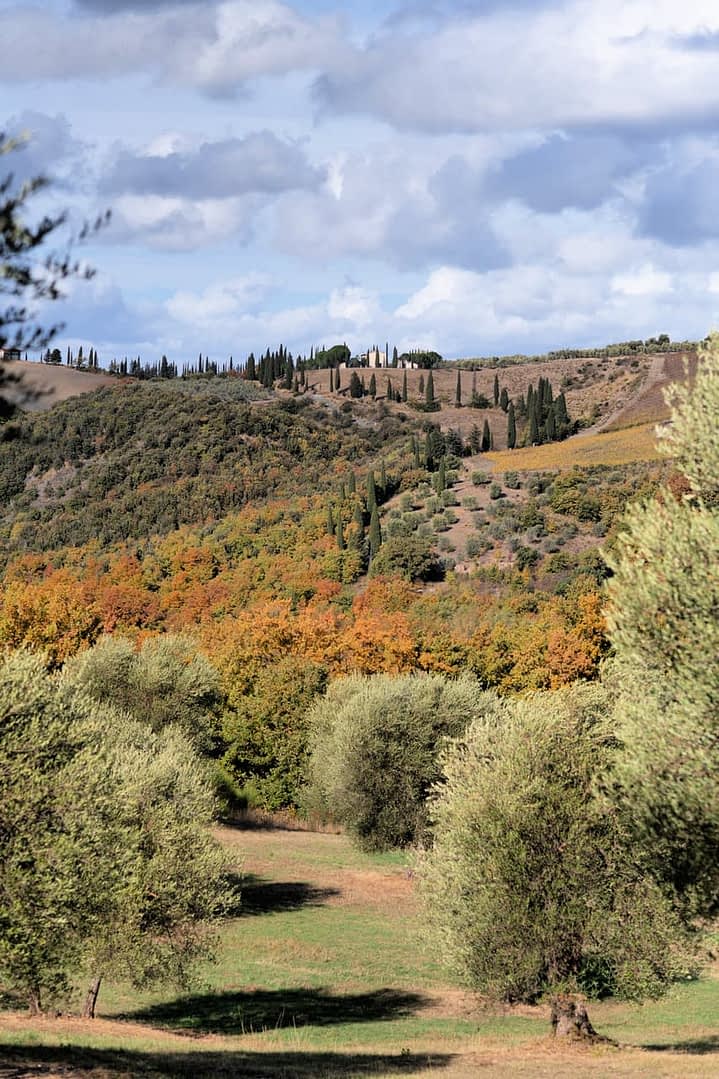
The teroir and culture of Tuscany’s distinctive Maremma region shape the organoleptic qualities of the Olio Piro Tuscan blend. (Photo : Olio Piro)
“I had a career in luxury sales and marketing,” Marie-Charlotte said. “ I worked with luxury products. I know the luxury marketing and sales techniques.”
As a result, the Piro siblings decided to position Olio Piro as a luxury product, starting with the label.
“The olive oil has to smell and taste perfect. It has to respond perfectly to the lab analysis,” Romain said. “But the bottle also has to look good.”
One item notably absent from the label is the depiction of olives or an olive tree. “Extra virgin olive oil is written on the label, so we don’t need to show an olive tree, an olive leaf or an olive,” Romain said.
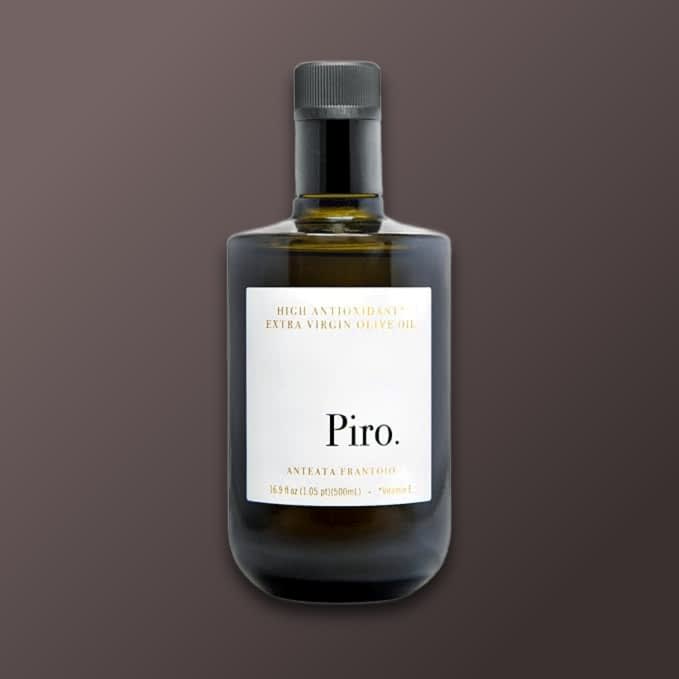
“The gold leaf label hasn’t changed,” Marie-Charlotte added. “We love the classic black text with large amounts of white space and embossed logo. It’s a luxury look.”
She clarified that when she refers to luxury, she does not mean high retail prices for the sake of being expensive.
See Also:Is extra virgin olive oil a Veblen good?“ We cater to an audience that we are creating year after year; people who didn’t realize that they are not only foodies, but they understand the true sense of luxury,” Marie-Charlotte said.
“I’m not talking about money or having a high disposable income,” she added. “I’m talking about owning a product that makes you feel good, literally.”
While Romain sold almost all of his extra virgin olive oil in France before rebranding as Olio Piro, the company now sells almost exclusively in the U.S.
However, the recently announced ten percent baseline tariff on all imports ot the U.S., combined with the potential for these to rise to 20 percent tariffs later in the year, has resulted in the company seeking out new markets.
”We exported 100 percent of our production to the U.S. before 2025,” Marie-Charlotte said. “This year, we exported 95 percent to the U.S. and are also selling in the United Kingdom and South Korea. We will also be selling in Germany and Canada next year.”
“ The U.S. is still by far our largest export now,” she added. “But we also decided this year to accelerate our global expansion,” due to the uncertainty around U.S. tariffs.
Due to the early harvest, Olio Piro has already exported all of its extra virgin olive oil produced in the 2024/25 crop year to the U.S., so its prices will not be affected this year.
“Let’s see what next year brings,” Marie-Charlotte said. “For the next harvest, we’ll be ready to export to Canada, Germany and South Korea if we cannot bring the product into the U.S. in decent conditions. Small producers like us cannot be counted on to absorb all the tariff, and we cannot count on small retailers like our wholesale partners to absorb it.”
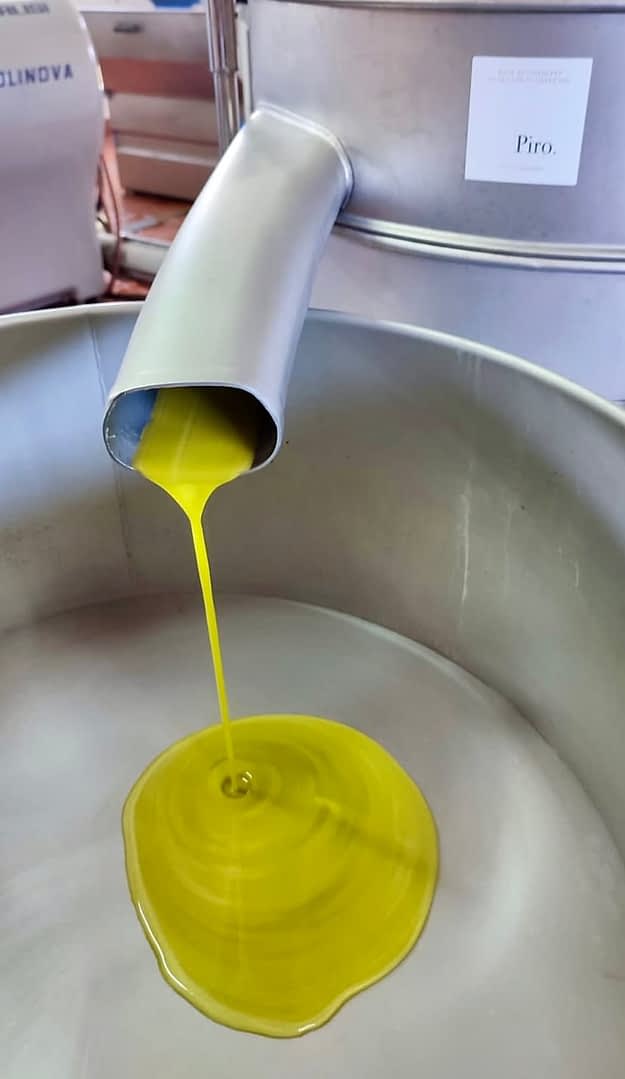
The Piro siblings have positioned Olio Piro as a luxury product through the quality, design and branding. (Photo: Olio Piro)
The uncertainty created by U.S. tariffs comes after a successful albeit unusual harvest in the mountainous southern Tuscan region of Maremma.
“2024 was a very different year from the others because the harvest started quite late,” Marie-Charlotte said.
Romain added that the harvest did not start until October 20th. While he emphasized that every year is different, the early harvest usually gets underway between late September and early October.
“ This year we started quite late, the fruit ripened quite late, and we always harvest at the peak of maturity,” he said. “It was very dry until the end of September, and then it started to rain. You can’t harvest right after the rain. You need to wait for the fruit to dry.”
“ It was a little tricky… because there was too much water inside the olive, which means you have to work a bit harder in the mill,” Romain added. “But the quality was still there, and it was very high.”
However, these conditions may also have resulted in oil yields being considerably lower than in previous years, a phenomenon experienced by producers across Italy.
“For the first two or three weeks, we got between eight and ten percent. This is crazy low,” Romain said. “Of course, after one month, the fruit is a little more ripe and the water has dried up, so we ended up with around 15 or 16 percent when sometimes we finish production at around 20 percent.”
However, Romain’s instincts were vindicated by the World Competition analysis team. Part of what helped the brand stand out was the inclusion of the endemic Olivastra Seggianese olive, the 300-year-old trees from which the olives are harvested, and the region’s unique cultivation method.
“It’s a very old Tuscan technique, grafting trees with other varieties that has been done for generations,” Marie-Charlotte said. “A lot of trees in the region are grafted with the three Tuscan olives; they have Leccino, Moraiolo and Frantoio olives on one tree. In that way, our blend is made in the grove.”
